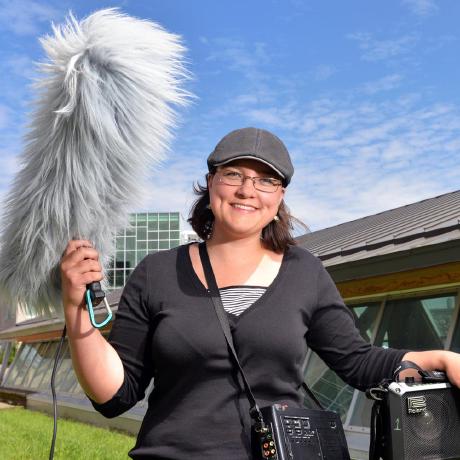All posts (Page 118 of 125)
In a recent blog post we discussed caching calls to the web offline, on your own computer. Just like you can cache data on your own computer, a data provider can do the same thing. Most of the data providers we work with do not provide caching. However, at least one does: EOL, or Encyclopedia of Life. EOL allows you to set the amount of time (in seconds) that the call is cached, within which time you can make the same call and get the data back faster. We have a number of functions to interface with EOL in our taxize package....
Our team has been cranking out a large number of tools over the past several months. As regular readers are aware, our software packages provide programmatic access to a diverse and extensive trove of scientific data. More recently we’ve expanded our efforts to build more general purpose and cross-domain tools. These include tools for reading, writing, integrating and publishing data, a unit testing platform for data, and a mapping engine that can visualize various kinds of spatial data. Many of our projects are inspired by ad hoc discussions with other scientists and software developers both online (often on Twitter and GitHub) and offline. Several of these folks are now regular contributors to the project. To foster more such collaborations and drive new software innovations, we are excited to announce our first developer meeting next month at GitHub’s headquarters in San Francisco. This meeting is made possible by support from the Alfred P. Sloan foundation and GitHub....
I’ve recently heard the idea of “offline first” via especially Hood.ie. We of course don’t do web development, but primarily build R interfaces to data on the web. Internet availablility is increasinghly ubiqutous, but there still are times and places where you don’t have internet, but need to get work done.
In the R packages we write there are generally two steps to every workflow:
- Make a call to the web to request data and collect data
- Rearrange the result as some sort of R object (e.g., an R
data.frame), then visualize, analyze, etc.
The first process is not possible if you don’t have an internet connection - making the second step fail as a result.
...Natural history museums have long been valuable repositories of data on species diversity. These data have been critical for fostering and shaping the development of fields such as biogeography and systematics. The importance of these data repositories is becoming increasingly important, especially in the context of climate change, where a strong understanding of how species responded to past climate is key to understanding their responses in the future. Leading the way in opening up such valuable data is a new effort by the Berkeley Initiative in Global Change Biology called the Ecoengine....
A number of the APIs we interact with (e.g., PLOS full text API, and USGS’s BISON API in rplos and rbison, respectively) expose Solr endpoints. Solr is an Apache hosted project - it is a powerful search server. Given that at least two, and possibly more in the future, of the data providers we interact with provide Solr endpoints, it made sense to create an R package to make robust functions to interact with Solr that work across any Solr endpoint. This is then useful to us, and hopefully others....




